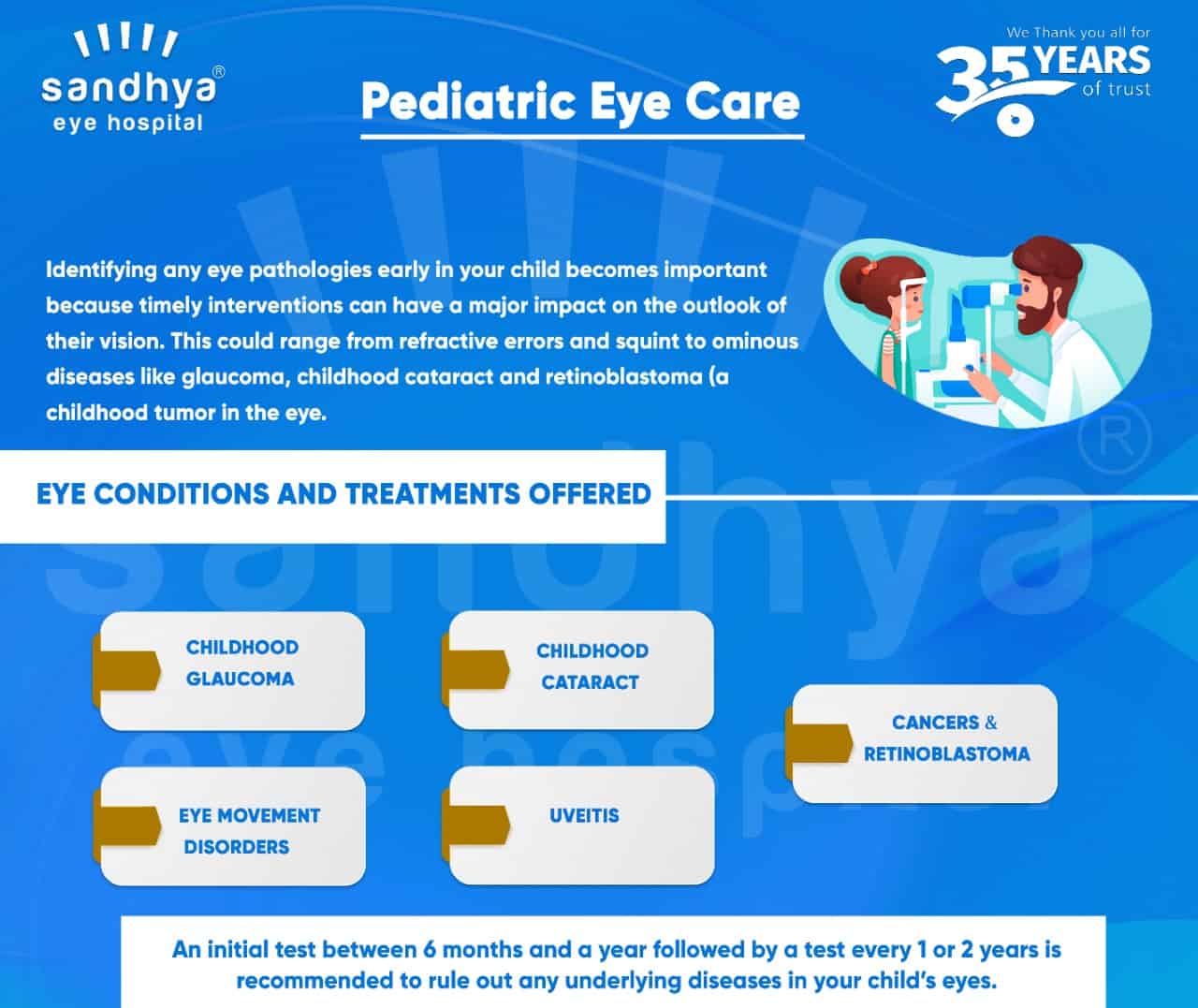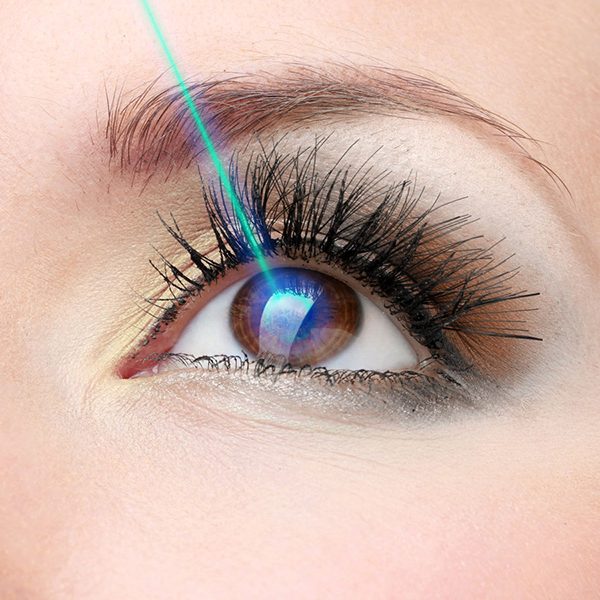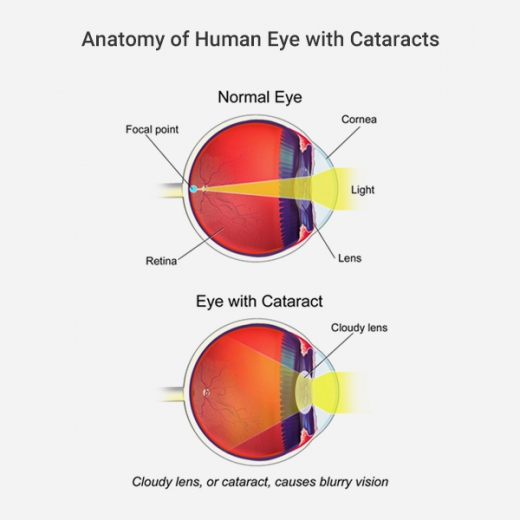Pediatric Treatment
Often we hold the false belief that our children have good vision because their school conducts an annual screening of their eyes. But these screenings only test if your child can see the blackboard. There are various eye diseases which could be missed because of such superficial testing. An initial test between 6 months and a year followed by a test every 1 or 2 years is recommended to rule out any underlying diseases in your child’s eyes.
Identifying any eye pathologies early in your child becomes important because timely interventions can have a major impact on the outlook of their vision. This could range from refractive errors and squint to ominous diseases like glaucoma, childhood cataract and retinoblastoma (a childhood tumor in the eye).

Childhood Glaucoma
A disease occurring due to increased pressure in the eye. Causes range from primary glaucoma which is present since birth, to trauma, to eye infections. With the potential for glaucoma to cause permanent visual loss and eye disfigurement in such young individuals it becomes vitally important to detect the condition and take necessary action. Treatment options include medical management with the help of eye drops to surgical options such as angle opening surgery for better drainage, filtration surgery for alternate drainage and ablation surgery to decrease fluid production in the eye.
Childhood cataract
Cataract is a disease of the lens where instead of being transparent it becomes an opaque mass which blocks the light from entering the eye. It is often mistaken to occur only in aged population. Congenital (present at birth) cataracts are also fairly common, and since your child cannot verbalise such blurring of vision it can go unnoticed. Untreated congenital cataract can have drastic consequences if not treated, as the visual part of the brain develops during the first few years of life and any such blockage can cause problems in that part leading to permanent visual abnormality. Unfortunately the only treatment for cataracts is surgery where the affected lens is removed and is replaced by an artificial lens placed in its position.
Uveitis
An inflammation of one of the chambers of the eyes it is one of the leading causes of preventable blindness in childhood. Untreated it can cause scarring, leading to permanent visual loss. It can be caused due to autoimmune diseases (where the body attacks itself) and if diagnosed your child needs to be referred to a rheumatologist to diagnose the underlying condition. A slit lamp examination, where the doctor uses an instrument which basically works as a microscope to look into your child’s eyes, is used to detect the condition. Following this, certain blood tests will be sought to check for any autoimmune disorders. Treatments range from steroid eye drops to reduce inflammation in the eyes to corrective surgery, as glaucoma and cataract are common complications of the disease.
Eye movement disorders
These include diseases like lazy eye, shaky vision and cross eye. Early detection of such diseases is required as they lead to double vision and have to be treated early before such vision is adapted permanently by the brain. Your doctor, after using sophisticated tools and a comprehensive eye examination, will be able to detect such problems and advise appropriate therapy for the abnormality. Treatment could vary depending on the exact nature of the pathology, from prescribing eye patches, prisms and corrective lens to using hi-tech computer and optical devices to correct abnormal eye movements. In complex cases your doctor might recommend corrective surgery where they either strengthen or weaken one of the 6 muscles surrounding the eye to correct the vision.
Tumors in the eye include benign conditions like choroid naevi and hemangiomas to cancerous growths like melanoma and lymphoma. The most common cancer of children in the eye is the dreaded retinoblastoma which is the tumor of the light sensing part of the eye called retina. Regardless of the condition early detection is vital because these tumors can cause very dangerous complications and can even spread to distant parts of the body. Comprehensive eye examinations followed by sophisticated tests help the doctor diagnose these conditions and plan treatment. Options for treatment include Chemotherapy, Cryotherapy (cold) and laser therapy. In advanced cases the doctor might have to resort to remove the eye to save the child’s life.




